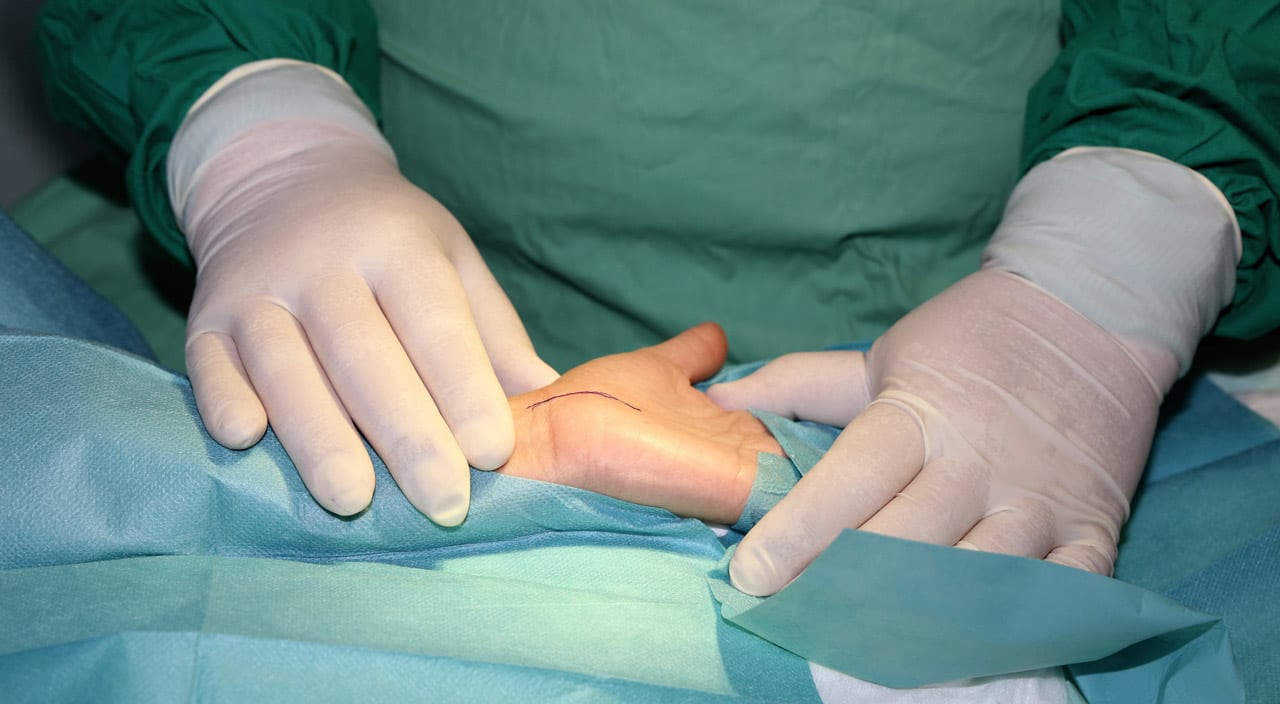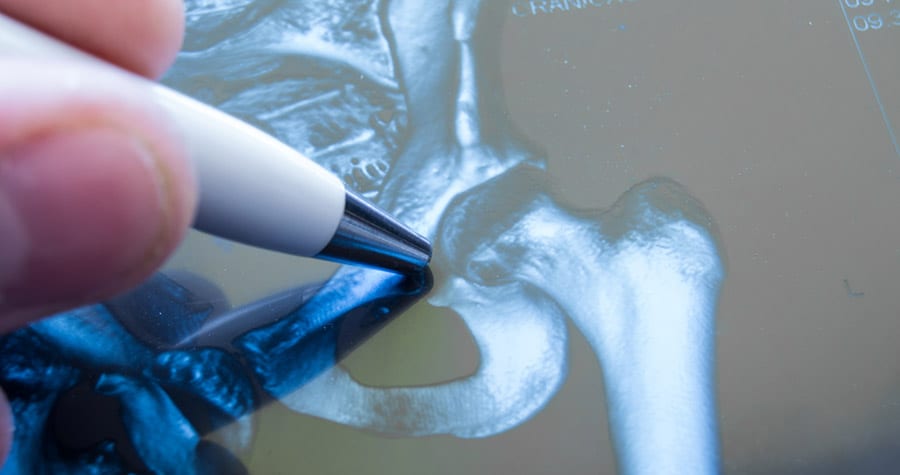
What You Need to Know About Carpal Tunnel Surgery Recovery Time
Carpal tunnel surgery is necessary for individuals who have not experienced pain relief from nonsurgical interventions and have had symptoms for more than six months. Once patients have undergone surgery, they will need to follow guidelines to ensure a full and safe recovery.
What The Recovery Process Looks Like
The patient’s wrist will be heavily bandaged or in a splint for one to two weeks. It takes about two weeks for the wound to heal, and so during that time it’s important to follow all instructions for wrapping and dressing the wound, keeping it dry and showering. Patients should avoid soaking the wound in water until the doctor approves it. When washing dishes, patients should use rubber gloves to avoid getting their wrist wet.
After about two weeks, the patient will need to visit the doctor so that their bandage or splint can be removed. Once the splint is removed, patients will begin physical therapy. A physical therapist will teach patients motion exercises to help improve wrist and hand movement and heal and strengthen the area.

A few common exercises for strengthening the wrist after carpal tunnel surgery may include:
- Wrist extension stretch. Do five repetitions, four times a day, five to seven days per week.
- Wrist flexion stretch. Do five repetitions, four times a day, five to seven days per week.
- Medial nerve glides. Do 10-15 repetitions per day, six to seven days per week.
- Tendon glides. Do five to 10 repetitions, two to three times per day, as many times per week as tolerated.
Some patients may need to wear a carpal tunnel brace to protect their wrist or change the way they position their wrist while typing.
Patients will be encouraged to use their hand as normally as possible when doing things like eating, brushing their teeth and typing on the computer. However, patients should avoid lifting items until six weeks after the surgery. It’s important to not do too much too soon as this could cause complications. Patients should speak to their doctor to find out when they can return to daily activities, such as driving, working, playing sports and engaging in other activities.
The entire recovery process may range from a few months to an entire year, depending on the severity of the patient’s condition. Patients may require two to six months to see improvements in grip and pinch strength, and some patients may need to adjust their daily activities and take time off from work while they recover.

Normal Symptoms to Expect
It is normal for patients to experience swelling, stiffness and pain in their hand and wrist after surgery. They will be prescribed pain medication to take orally to help manage the pain. Patients may also take over-the-counter pain relievers, like ibuprofen or naproxen. The surgeon may also require keeping the hand elevated while sleeping to minimize swelling.
Signs of Complications
Patients should call their doctor immediately if they experience:
- Redness
- Swelling
- Excessive warmth
- Draining excess fluid
- Bleeding
- An opening wound
- Fever
- Numbness
- Tingling
- Increased pain
- Scar pain
- Persistent weakness







